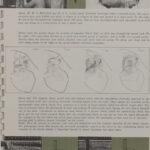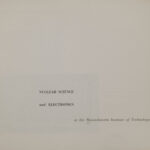Published: Cambridge, Mass., ca. 1954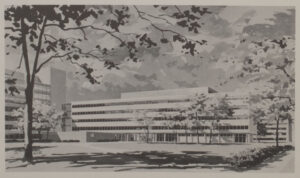
Today’s “150 Years in the Stacks” entry will appear for the first time on April 10, the precise date on which, 150 years ago, MIT officially came into existence. It was on April 10, 1861, that Massachusetts Governor John Andrew signed “An Act to incorporate the Massachusetts Institute of Technology.” In recognition of that event, today’s selection is an MIT in-house publication.
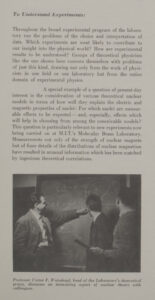 The Karl Taylor Compton Laboratories was printed to raise funds for the construction of two important facilities: MIT’s nuclear reactor, and the structure that came to be known affectionately – in the magical way that only MIT can show affection – as “Building 26.”
The Karl Taylor Compton Laboratories was printed to raise funds for the construction of two important facilities: MIT’s nuclear reactor, and the structure that came to be known affectionately – in the magical way that only MIT can show affection – as “Building 26.”
Designed by graphic designer and educator Muriel Cooper of MIT’s Office of Publications, this large-format, spiral-bound document includes photographs by Harold E. “Doc” Edgerton, among others, and was produced by the MIT Photographic Service.
The Compton Laboratories were designed to provide a home for the Research Laboratory of Electronics – the first interdepartmental lab at MIT – along with the Laboratory for Nuclear Science. Creation of a teaching/research facility for both electronics and nuclear science was a top MIT priority in the post-World War II period. Both labs desperately needed new facilities to replace their existing spaces, which are described here as “widely scattered and atrociously inadequate quarters erected for urgent, temporary service during World War II.” Construction on Building 26 began in 1955 and the building was occupied in 1957; the reactor was completed in 1959.
Subtitled Nuclear Science and Electronics 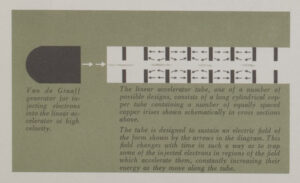 at the Massachusetts Institute of Technology, the publication describes the various sorts of research that would be housed in the new facilities, including microwave spectroscopy, optical studies and magnetic resonance, atomic beams, photo-meson production, microwave gas discharge, low-energy nuclear excitation, and chemistry of the fission elements.
at the Massachusetts Institute of Technology, the publication describes the various sorts of research that would be housed in the new facilities, including microwave spectroscopy, optical studies and magnetic resonance, atomic beams, photo-meson production, microwave gas discharge, low-energy nuclear excitation, and chemistry of the fission elements.
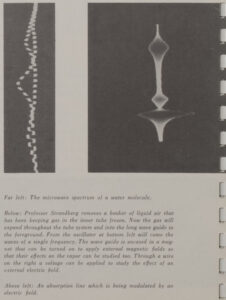
The Laboratories were to be built as a memorial to MIT’s beloved ninth president, Karl Taylor Compton, a renowned physicist who served as president of the Institute from 1930 to 1948, and then as chairman of the Corporation until his death in 1954. Compton transformed MIT from a strong engineering school into a leading research institution. During Compton’s tenure, MIT’s academic departments were consolidated into three schools (Engineering, Science and Architecture). The student body, the number of staff, and the Institute budget all grew under his leadership.
The Compton Laboratories continue to house important research and teaching at MIT. Today they are home to the Center for Electromagnetic Theory and Applications, the Laboratory for Nuclear Science, and the MIT-Harvard Center for Ultracold Atoms.

